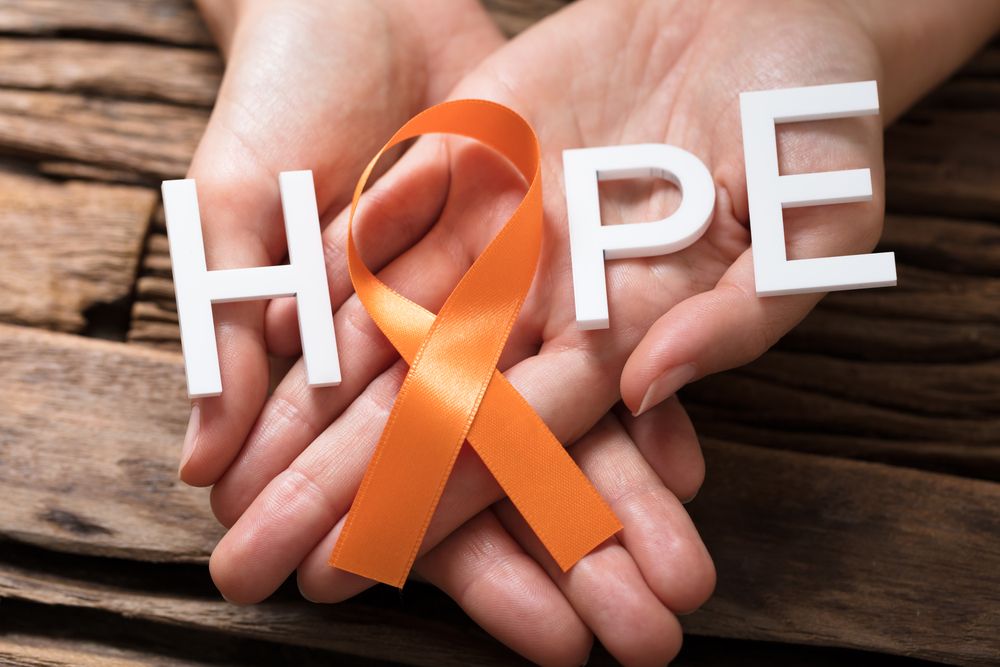In the hustle and bustle of everyday life, it’s easy to become consumed by routine tasks and mundane responsibilities. Amidst the chaos, we often overlook the profound impact that moments of awe can have on our mental well-being. Defined as a feeling of reverential respect mixed with fear or wonder, awe has the power to shift our perspective, instill a sense of connectedness, and promote overall mental health. In this article, we’ll explore the fascinating benefits of awe and how incorporating it into our lives can lead to greater happiness and fulfillment.
Expanding Perception and Fostering Connectedness
Encountering something awe-inspiring—whether it’s witnessing a breathtaking sunset, standing before a majestic mountain range, or marveling at the vastness of the cosmos—can expand our perception of the world. These moments challenge our ordinary ways of thinking and invite us to contemplate something greater than ourselves. Research suggests that exposure to awe-inducing stimuli can lead to a cognitive shift, where individuals perceive themselves as part of a larger whole rather than isolated beings. This expanded perception can foster a sense of humility and interconnectedness, reducing feelings of self-centeredness and promoting empathy towards others.
Scientific Study: Rudd, Melanie, et al. “Awe expands people’s perception of time, alters decision making, and enhances well-being.” Psychological Science 23.10 (2012): 1130-1136. This study demonstrated that experiencing awe can expand individuals’ perception of time, leading to a greater sense of connectedness and well-being. Participants who reported feeling awe also exhibited increased generosity and altruism.
2. Reducing Stress and Promoting Relaxation
In today’s fast-paced society, stress and anxiety have become all too common. However, moments of awe offer a reprieve from the pressures of daily life. When we experience awe, our attention shifts away from ourselves and towards the present moment. This shift in focus can interrupt rumination and worry, providing a temporary respite from stressors. Moreover, research has shown that awe can activate the parasympathetic nervous system, promoting relaxation and reducing physiological markers of stress, such as cortisol levels and heart rate. By incorporating awe-inspiring experiences into our lives, we can cultivate a greater sense of calm and resilience in the face of adversity.
Scientific Study: Stellar, Jennifer E., et al. “Positive affect and markers of inflammation: Discrete positive emotions predict lower levels of inflammatory cytokines.” Emotion 15.2 (2015): 129. This study found that positive emotions, including awe, were associated with lower levels of inflammatory cytokines, indicating a potential physiological mechanism through which awe may reduce stress and promote relaxation.
3. Fostering Positive Emotions and Life Satisfaction
Awe is closely associated with a range of positive emotions, including wonder, joy, and gratitude. When we encounter something awe-inspiring, we often experience a sense of delight and fascination that lingers long after the moment has passed. These positive emotions can serve as powerful antidotes to negativity, enhancing our overall sense of well-being. Furthermore, studies have shown that individuals who regularly experience awe report higher levels of life satisfaction and greater psychological flourishing. By seeking out awe-inspiring experiences—whether it’s exploring nature, visiting cultural landmarks, or immersing ourselves in art—we can cultivate a more positive outlook on life.
Scientific Study: Rudd, Melanie, et al. “Awe, the small self, and prosocial behavior.” Journal of personality and social psychology 108.6 (2015): 883. This study found that experiences of awe were associated with greater feelings of humility and decreased self-focus, leading to increased prosocial behavior and life satisfaction.
4. Inspiring Meaning and Purpose
Moments of awe have a profound ability to inspire existential reflection and contemplation. When we encounter something that transcends our everyday experiences, we’re prompted to ponder life’s big questions and our place in the universe. This reflection can lead to a deeper sense of meaning and purpose, as we recognize our connection to something larger than ourselves. Studies have shown that individuals who frequently experience awe are more likely to report a sense of meaning in their lives and exhibit greater levels of altruism and generosity. By embracing awe-inspiring moments, we can tap into a deeper sense of purpose and fulfillment.
Scientific Study: Keltner, Dacher, and Jonathan Haidt. “Approaching awe, a moral, spiritual, and aesthetic emotion.” Cognition and emotion 17.2 (2003): 297-314. This seminal study explored the role of awe as a moral, spiritual, and aesthetic emotion, highlighting its ability to inspire a sense of meaning and purpose in individuals’ lives.
5. Cultivating Mindfulness and Presence
Awe has a way of grounding us in the present moment, inviting us to fully engage with our surroundings. Whether we’re gazing up at the stars or listening to the roar of a waterfall, awe encourages us to let go of distractions and immerse ourselves in the here and now. This heightened state of awareness mirrors the principles of mindfulness, promoting greater presence and attentiveness to the world around us. By incorporating awe into our daily lives, we can cultivate a deeper sense of mindfulness, leading to greater clarity, focus, and emotional resilience.
Scientific Study: van Elk, Michiel, et al. “The neural correlates of the awe experience: Reduced default mode network activity during feelings of awe.” Human brain mapping 36.9 (2015): 3215-3222. This neuroimaging study investigated the neural correlates of the awe experience and found that feelings of awe were associated with reduced activity in the default mode network, a brain network associated with mind-wandering and self-referential processing. This suggests that awe promotes a state of mindfulness and presence.
Impact on Depression and Anxiety
Awe has also been shown to have a positive impact on mental health conditions such as depression and anxiety. Research indicates that individuals who experience awe regularly tend to have lower levels of depressive symptoms and anxiety. The sense of wonder and awe experienced during such moments can serve as a distraction from negative thoughts and emotions, providing a sense of relief and perspective. Additionally, awe encourages individuals to focus on the present moment, reducing rumination and worry—common symptoms of depression and anxiety disorders.
Scientific Study: Dong, Meng, et al. “Awe and depressive symptoms: Mediating roles of meaning in life and positive emotions.” Journal of Pacific Rim Psychology 15 (2021): e29. This study found that awe was negatively associated with depressive symptoms, and this relationship was partially mediated by meaning in life and positive emotions. Awe may contribute to lower levels of depression by promoting a sense of meaning and positive emotions.
In conclusion, awe has the power to profoundly impact our mental health and well-being. By seeking out awe-inspiring experiences and embracing moments of wonder and fascination, we can expand our perception, reduce stress and anxiety, foster positive emotions, inspire meaning and purpose, and cultivate mindfulness and presence. In a world filled with chaos and uncertainty, awe serves as a reminder of the beauty and majesty that surrounds us, offering solace and inspiration in our journey towards mental wellness.










